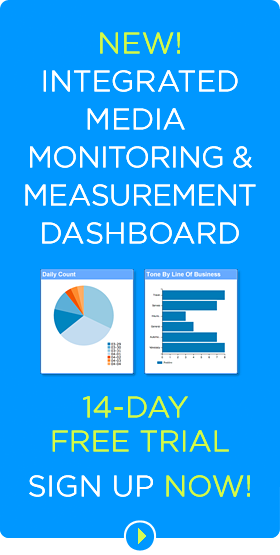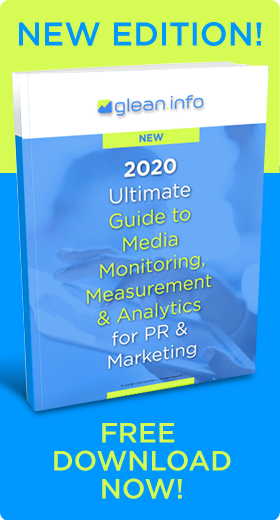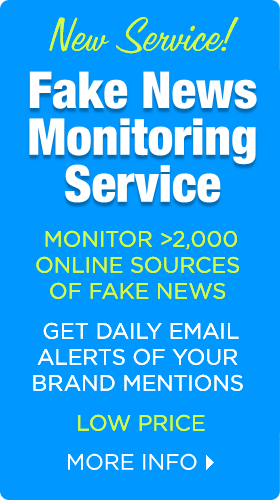
Image source: GroupLens
Although emoji can be a potent marketing tool, they raise the possibility of miscommunication and misunderstanding.
Emoji, those little icons of various facial expressions and other symbols, can appear differently on different devices. For instance, a smiley face sent from a Nexus device appears rather grim looking on an iPhone, according to GroupLens research scheduled to be published in May at the International AAAI Conference on Web and Social Media (ICWSM).
The problem is that smartphones render emoji as any other character. Because the smartphone platforms such as Google and Apple, use their own emoji font, the same emoji character can look very different on different smartphones and different social media networks.
A GroupLens survey reveals significant potential for miscommunication between people sending emoji between different devices, writes Hannah Miller, a researcher at the GroupLens research lab at the University of Minnesota.
An iPhone user who sends a grinning face
to a Windows or Samsung smartphone sends a mildly negative image. Overall, for nine of 22 emoji GroupLens examined, the average difference in emotion rating between the two platforms was greater than two points on its -5-to-5 scale.
Same Face. Different Interpretations
What’s more, different people may interpret the exact same emoji differently, causing further communications difficulty. Some people considered the Apple grinning face more positively; others viewed it more negatively.
The research highlights significant challenges and risk for PR and marketing, given the increasing popularity of emoji. Consumers — especially millennials — and marketers are embracing emoji. According to a study by Emogi, 92% of the online population now use emoji. The images are quick, fun and expressive. Jumping on the emoji bandwagon, Facebook recently added half a dozen new emoji to its traditional “like” button.
Marketers realize that emoji can be effective tools for branding, storytelling and social media measurement. However, experience demonstrates that they can be misunderstood and misconstrued. An emoji-filled Goldman Sachs tweet about its report about millennials confused and annoyed its intended audience. A Chevrolet news release written entirely with emoji perplexed many people. The new research shows the danger of misunderstanding may be even higher than many in PR and marketing suspect.
Emoji for Social Media Measurement
Emoji can reveal information about how audiences feel about content. It’s possible that brands will eventually obtain richer data and insight by monitoring emoji use. However, the research underscores the challenge and limitations of using emoji now for social media measurement. .
The obvious solution is more uniform emoji fonts across devices. The Unicode Consortium promotes international standards, particularly the representation of electronic text. However, the nonprofit organization cannot dictate code to the likes of Facebook or Google.
Eventually, marketing and PR professionals may be able to judge the impact of their work and better understand consumers’ feelings by aggregating the number of clicks on the different emoji. A large and number of angry reactions could warn brands of a coming PR crisis. However, some measurement experts recommend against becoming too excited about the measurement potential and validity of the emoji counts. For now, brands are better able to understand how consumer reactions correlate to campaign results by utilizing social listening, monitoring and analytics tools.
Bottom Line: New research shows how easily emoji-based communications can be misunderstood. That raises a cautionary flag for PR and marketing considering emoji in their campaigns and social media measurement. While emoji may eventually provide valuable analytics, it’s essential for brands to understand how the symbols can be portrayed and perceived differently today across diverse hardware and software platforms.
William J. Comcowich founded and served as CEO of CyberAlert LLC, the predecessor of Glean.info. He is currently serving as Interim CEO and member of the Board of Directors. Glean.info provides customized media monitoring, media measurement and analytics solutions across all types of traditional and social media.





